
The Gateway to the Antarctic: Punta Arenas
Discover Punta Arenas, Chile's southernmost city, a gateway to the Antarctic with rich history, vibrant festivals, and stunning natural landscapes.
Punta Arenas, perched on the edge of the Strait of Magellan, is a vibrant city with a rich history and a unique blend of cultures. As the southernmost city on the Chilean mainland, it serves as a gateway to the Antarctic and a starting point for exploring Patagonia's wild landscapes. Wander through the city's charming streets, where colorful houses and historic buildings tell tales of its colonial past. Visit the impressive Plaza Muñoz Gamero, the heart of Punta Arenas, to see the famous Ferdinand Magellan statue and enjoy the bustling atmosphere filled with local vendors and performers. Delve into the region's history at the Museo Regional de Magallanes, which offers fascinating exhibits on the indigenous people, European explorers, and the city's development. For breathtaking views, head to the Mirador Cerro de la Cruz, where you can see the city sprawling out below with the strait and distant mountains as a stunning backdrop. Nature enthusiasts will find plenty to do around Punta Arenas. Take a boat trip to Magdalena Island to witness a lively colony of Magellanic penguins or explore the nearby Torres del Paine National Park, renowned for its dramatic landscapes and diverse wildlife. The nearby Seno Otway Penguin Colony is another fantastic spot for birdwatching. Punta Arenas is not only a place of natural beauty but also a cultural hub. Savor the local cuisine, which features fresh seafood and Patagonian lamb, in one of the many cozy restaurants. The city's vibrant festivals, such as the Patagonian Winter Carnival and the International Folklore Festival, offer a glimpse into the local traditions and lively spirit of its residents.
Local tips in Punta Arenas
- Dress in layers as the weather can change rapidly, even in summer.
- Book tours to Magdalena Island and Torres del Paine in advance, especially during peak tourist season.
- Visit the local markets for unique souvenirs and handmade crafts.
- Take advantage of the long daylight hours in summer to explore the city and surrounding areas.
- Learn a few basic Spanish phrases to help communicate with locals, as English is not widely spoken.
The Gateway to the Antarctic: Punta Arenas
Punta Arenas, perched on the edge of the Strait of Magellan, is a vibrant city with a rich history and a unique blend of cultures. As the southernmost city on the Chilean mainland, it serves as a gateway to the Antarctic and a starting point for exploring Patagonia's wild landscapes. Wander through the city's charming streets, where colorful houses and historic buildings tell tales of its colonial past. Visit the impressive Plaza Muñoz Gamero, the heart of Punta Arenas, to see the famous Ferdinand Magellan statue and enjoy the bustling atmosphere filled with local vendors and performers. Delve into the region's history at the Museo Regional de Magallanes, which offers fascinating exhibits on the indigenous people, European explorers, and the city's development. For breathtaking views, head to the Mirador Cerro de la Cruz, where you can see the city sprawling out below with the strait and distant mountains as a stunning backdrop. Nature enthusiasts will find plenty to do around Punta Arenas. Take a boat trip to Magdalena Island to witness a lively colony of Magellanic penguins or explore the nearby Torres del Paine National Park, renowned for its dramatic landscapes and diverse wildlife. The nearby Seno Otway Penguin Colony is another fantastic spot for birdwatching. Punta Arenas is not only a place of natural beauty but also a cultural hub. Savor the local cuisine, which features fresh seafood and Patagonian lamb, in one of the many cozy restaurants. The city's vibrant festivals, such as the Patagonian Winter Carnival and the International Folklore Festival, offer a glimpse into the local traditions and lively spirit of its residents.
When is the best time to go to Punta Arenas?
Iconic landmarks you can’t miss
Plaza Armas Punta Arenas
Discover the vibrant heart of Punta Arenas at Plaza Armas, a city park rich in culture, history, and natural beauty in southern Chile.
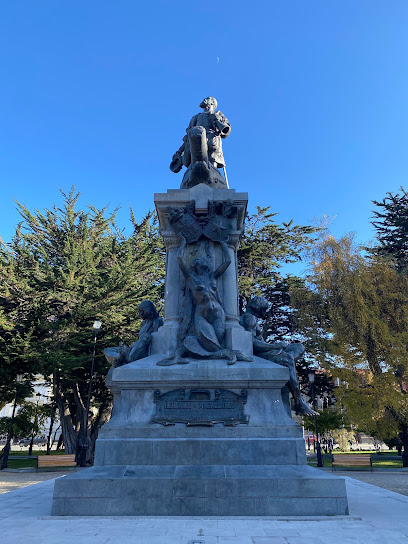
Cerro de la Cruz
Discover breathtaking views and rich history at Cerro de la Cruz, the premier observation deck in Punta Arenas, Chile, for unforgettable moments.
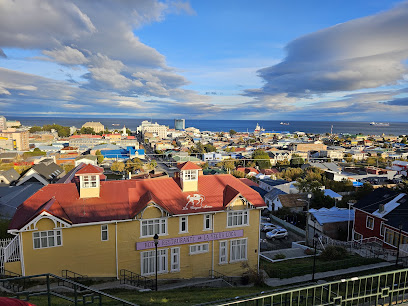
Kiosco Roca Punta Arenas
Discover the flavors of Chile at Kiosco Roca, a favorite brunch spot in Punta Arenas offering local delights in a cozy atmosphere.
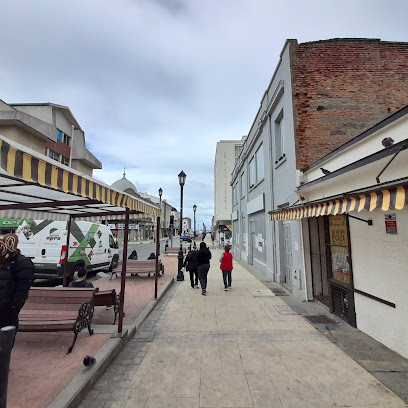
Monumento al Ovejero
Explore the Monumento al Ovejero, a significant monument in Punta Arenas celebrating the heritage of sheep herding and the spirit of Patagonia.
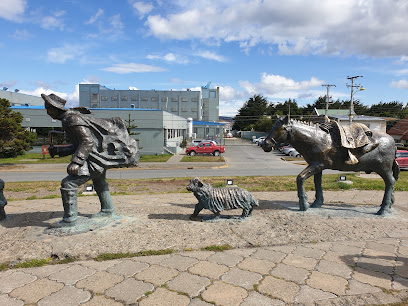
Dreams Casino Punta Arenas
Discover the ultimate blend of luxury and excitement at Dreams Casino Punta Arenas – your premier destination for entertainment and relaxation in Chile.

Lomito's
Discover Lomito's in Punta Arenas for a delightful taste of authentic Chilean cuisine, featuring local ingredients and a warm atmosphere.
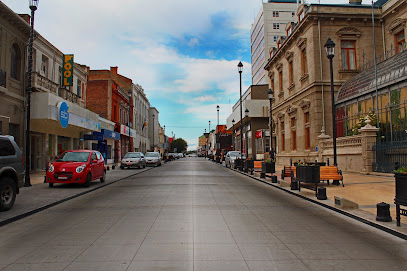
Costanera
Explore Costanera: A breathtaking waterfront promenade in Punta Arenas, where natural beauty and cultural heritage meet.
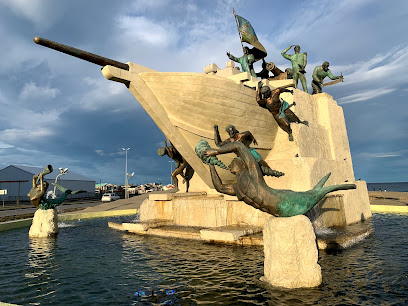
La Chocolatta
Discover the sweet flavors of La Chocolatta, Punta Arenas' premier chocolate café offering delightful treats and a cozy atmosphere for all visitors.
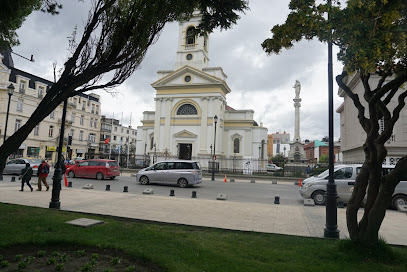
Mesita Grande
Experience the authentic taste of Italy at Mesita Grande, Punta Arenas' premier destination for delicious pizzas and Italian cuisine.
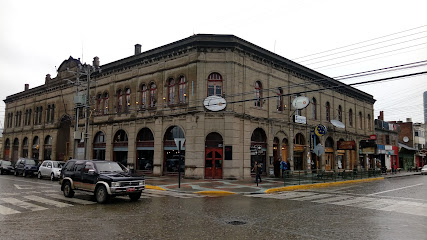
Museo Nao Victoria
Discover the rich maritime history of Punta Arenas at Museo Nao Victoria, featuring life-sized replicas of historic ships and interactive exhibits.
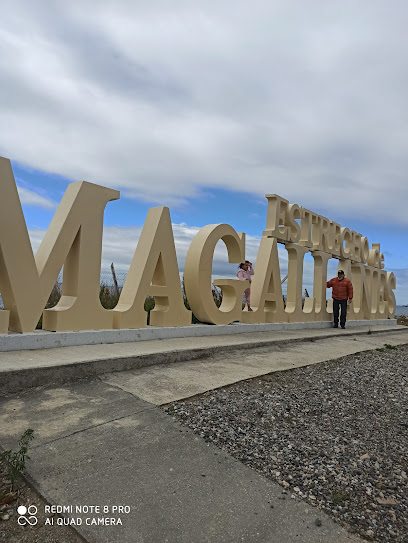
Cafe Inmigrante
Discover Café Inmigrante in Punta Arenas, where cozy ambiance meets exceptional coffee and delectable pastries in the heart of the Magallanes region.
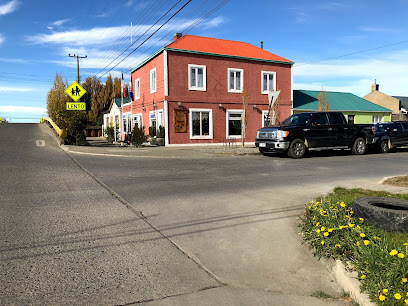
Sotito's Restaurant
Experience the essence of Chilean cuisine with a delightful selection of seafood and local delicacies at Sotito's Restaurant in Punta Arenas.
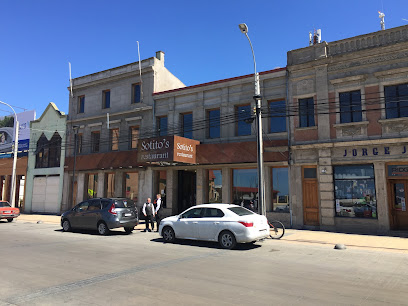
Muelle Prat
Experience the beauty and culture of Muelle Prat in Punta Arenas, the gateway to Patagonia's stunning landscapes and rich maritime history.
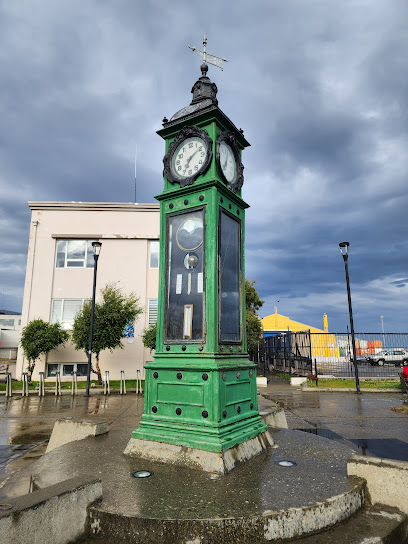
Restaurant Estilo Magallánico
Discover the authentic taste of Patagonia at Restaurant Estilo Magallánico, where local ingredients meet traditional culinary art.

Magallanes National Reserve
Experience the breathtaking landscapes and rich biodiversity of Magallanes National Reserve, a must-visit destination in Chile's stunning Patagonia region.
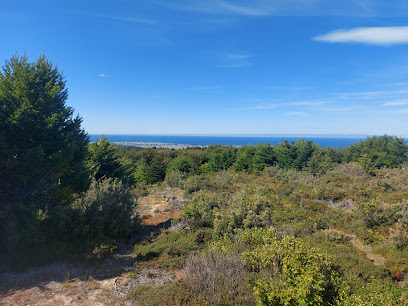
Unmissable attractions to see
Plaza Armas Punta Arenas
Explore the vibrant Plaza Armas in Punta Arenas, a cultural hub surrounded by historic architecture and lively local activities.
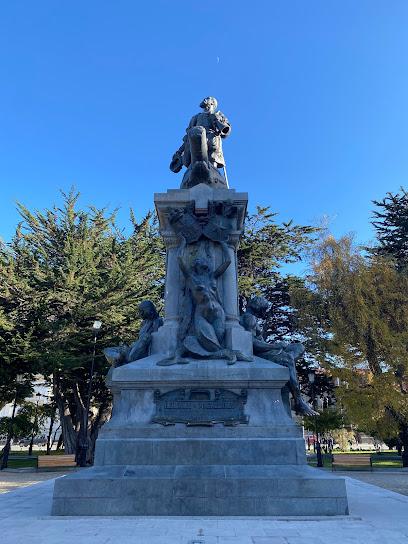
Cerro de la Cruz
Discover breathtaking views and rich history at Cerro de la Cruz, the iconic observation deck in Punta Arenas, Chile, perfect for unforgettable moments.
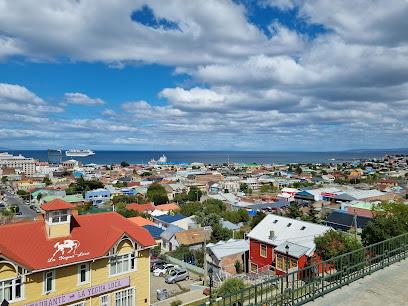
Costanera
Discover the stunning beauty of Costanera in Punta Arenas, a vibrant waterfront promenade rich in culture, dining, and breathtaking views of the Magellan Strait.
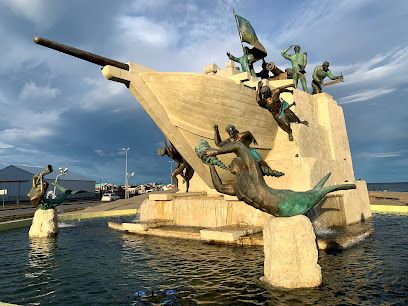
Museo Nao Victoria
Explore the maritime marvels of Museo Nao Victoria in Punta Arenas, a historical museum showcasing the age of exploration through interactive exhibits and ship replicas.
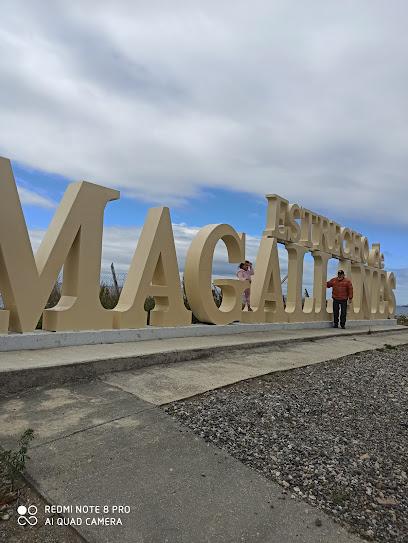
Parque María Behety
Unwind in the lush landscapes of Parque María Behety, a serene park in Punta Arenas, perfect for picnics, strolls, and unforgettable nature experiences.
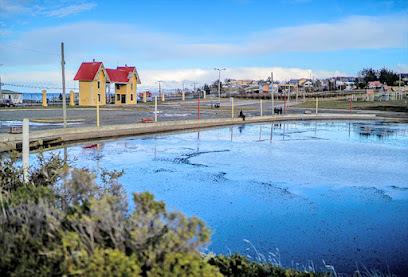
Museo Maggiorino Borgatello
Explore the rich cultural and natural history of Chilean Patagonia at Museo Maggiorino Borgatello in Punta Arenas.
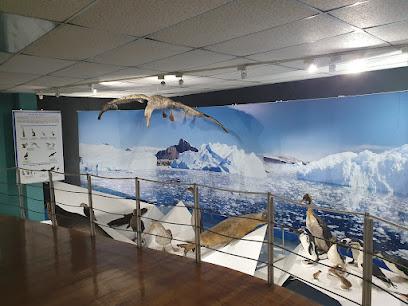
Museo Regional de Magallanes
Explore the rich cultural heritage of the Magallanes region at Museo Regional de Magallanes in Punta Arenas, a must-visit for history lovers.

Reserva Nacional Magallanes
Discover the stunning landscapes and rich biodiversity of Reserva Nacional Magallanes, a must-visit national reserve near Punta Arenas, Chile.

Los Pingüinos Natural Monument
Explore the stunning landscapes and vibrant wildlife of Los Pingüinos Natural Monument in Punta Arenas, Chile, home to the largest colony of Magellanic penguins.
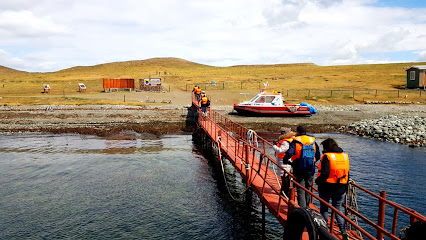
Club Andino
Discover adventure and culture at Club Andino, Punta Arenas’ premier ski resort with breathtaking views and thrilling activities for all ages.
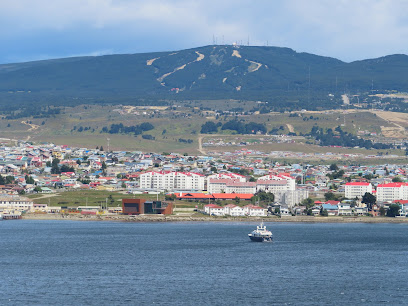
Plaza Selknam
Experience the cultural heart of Porvenir at Plaza Selknam, a beautiful park that celebrates the heritage of the Selknam people amidst stunning landscapes.
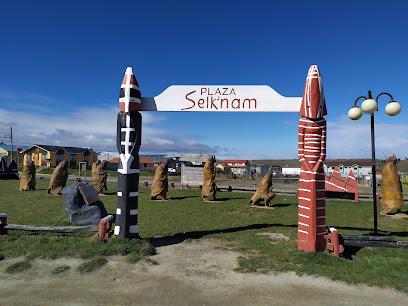
Solo Expediciones - Excursiones - Patagonia
Explore Patagonia's stunning landscapes and wildlife with Solo Expediciones, the premier tour agency for unforgettable adventures in Punta Arenas.
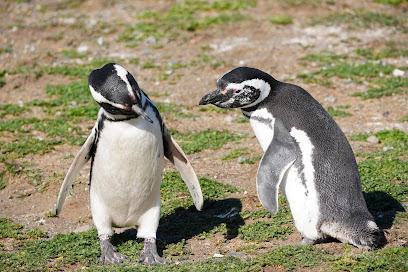
Cemetery of Punta Arenas
Explore the Cemetery of Punta Arenas, a breathtaking tribute to history and culture, showcasing stunning graves and rich stories of Patagonia's past.
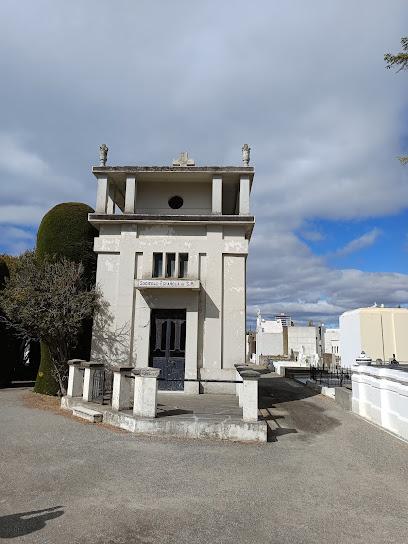
Museo Provincial de Tierra del Fuego, Fernando Cordero Rusque
Explore the captivating history and natural beauty of Tierra del Fuego at the Museo Provincial de Tierra del Fuego, a cultural gem in the heart of Porvenir.
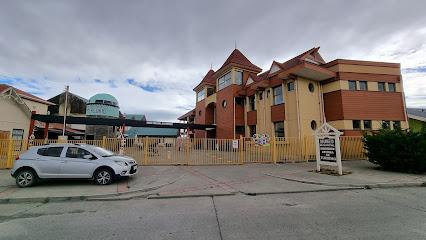
Santuario Maria Auxiliadora
Discover the tranquil beauty and rich history at Santuario Maria Auxiliadora, a captivating Catholic church in the heart of Punta Arenas.
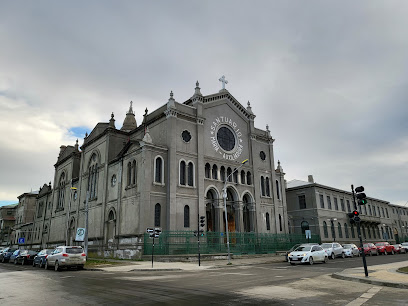
Essential places to dine
Kiosco Roca Punta Arenas
Experience authentic Chilean brunch at Kiosco Roca in Punta Arenas – where local flavors meet affordable dining.
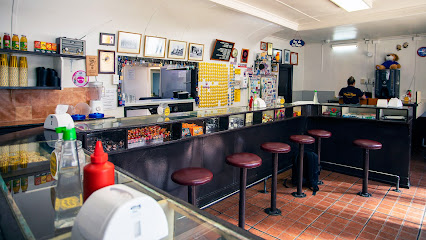
Lomito's
Experience authentic Patagonian cuisine at Lomito's in Punta Arenas - where local flavors meet warm hospitality.
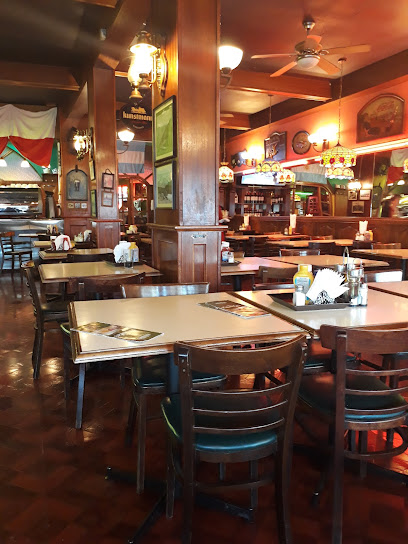
La Luna
Experience the rich flavors of Chile at La Luna, Punta Arenas' premier restaurant offering diverse culinary delights.
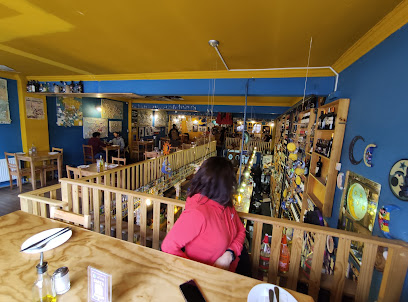
Mesita Grande
Experience authentic Italian dining at Mesita Grande in Punta Arenas - where every pizza tells a story of flavor and tradition.

Taberna Club de La Union
Discover the heart of Punta Arenas at Taberna Club de La Union – a vibrant grill and pub offering authentic Chilean flavors in a cozy atmosphere.
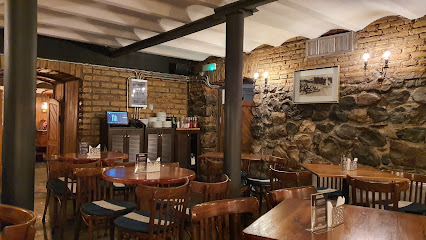
Wake Up - Coffee & Brunch
Experience the warmth of Punta Arenas at Wake Up - your go-to spot for exquisite coffee and delicious brunch delights.
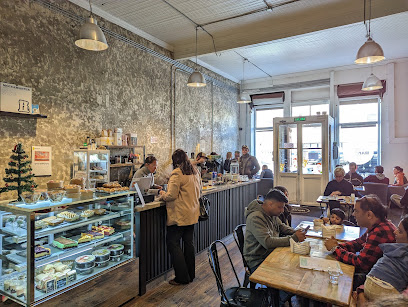
Parrilla Los Ganaderos
Experience authentic Patagonian flavors at Parrilla Los Ganaderos – where grilling meets tradition in Punta Arenas.
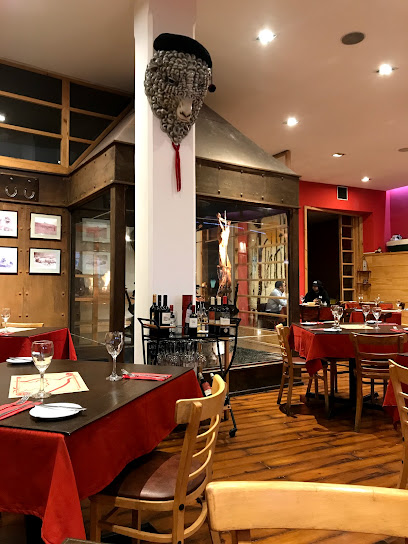
Sotito's Restaurant
Discover authentic Chilean cuisine at Sotito's Restaurant in Punta Arenas—where tradition meets flavor in every dish.
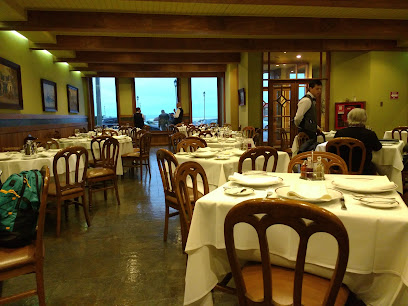
Restaurant Estilo Magallánico
Savor authentic Patagonian cuisine at Restaurant Estilo Magallánico in Punta Arenas - a must-visit culinary destination for every traveler.

La Marmita
Discover authentic Chilean flavors at La Marmita in Punta Arenas - a culinary experience not to be missed!

Buda Express Magallanes
Experience authentic Asian cuisine at Buda Express Magallanes, where every dish tells a story and flavors come alive.
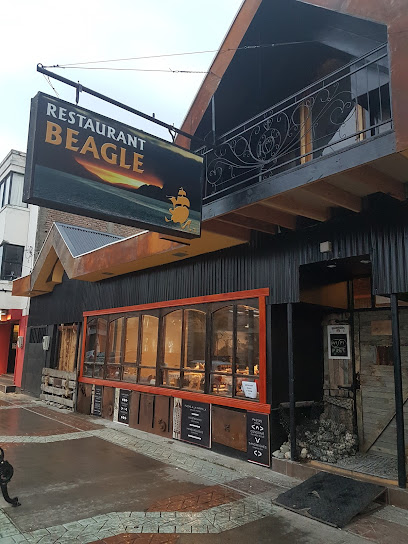
Entre Ollas y Sartenes
Experience authentic sushi at Entre Ollas y Sartenes in Punta Arenas - where tradition meets fresh local flavors.
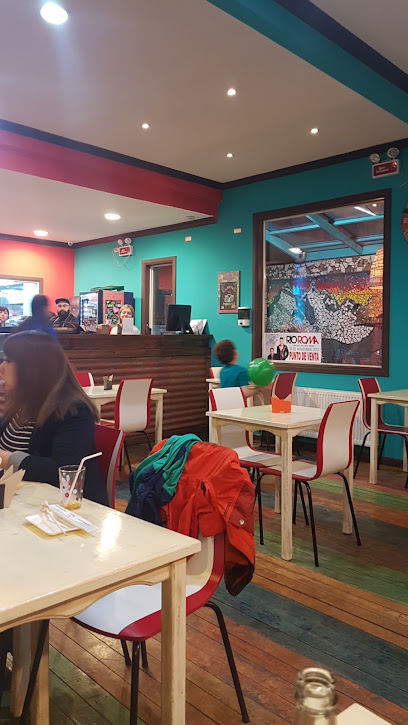
Restaurant & Emporio Okusa
Experience authentic Chilean cuisine at Restaurant & Emporio Okusa in Punta Arenas - a culinary haven for every traveler.
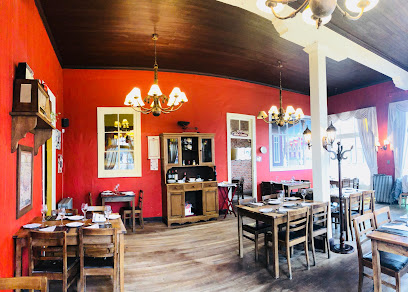
TAPIZ
Discover authentic Chilean cuisine at TAPIZ in Punta Arenas—where local flavors meet warm hospitality.
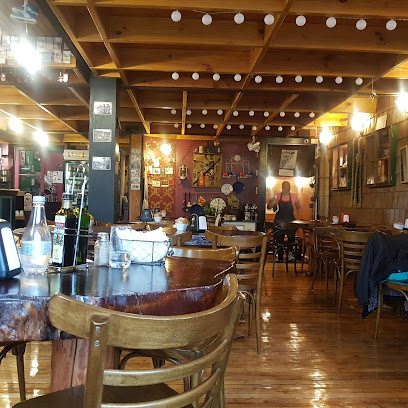
Luan's Restaurant
Experience authentic Patagonian cuisine at Luan's Restaurant in Punta Arenas - where fresh ingredients meet culinary artistry.
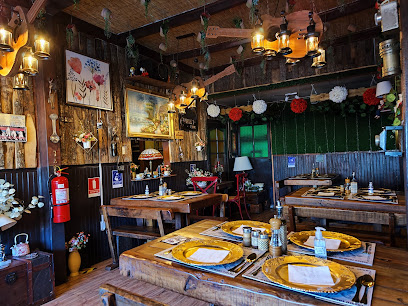
Markets, malls and hidden boutiques
Mall Espacio Urbano Pionero
Explore the best of shopping, dining, and entertainment at Mall Espacio Urbano Pionero in Punta Arenas, Chile.
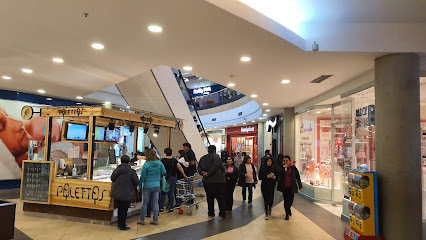
Austral Mall Area
Discover outdoor adventure and shopping at Austral Mall Area, the ultimate destination for camping, skiing, and adventure sports in Punta Arenas.
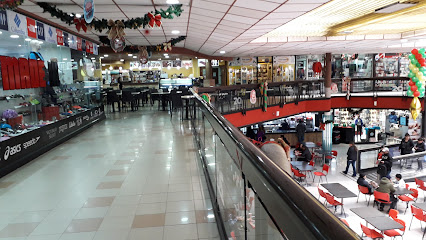
Corona
Discover the best of local and international fashion at Corona, Punta Arenas' premier clothing store for men, women, and children.
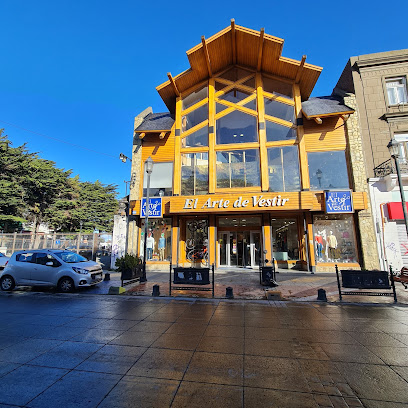
La Polar - Punta Arenas
Experience the vibrant shopping atmosphere at La Polar in Punta Arenas, where local culture and diverse products meet.
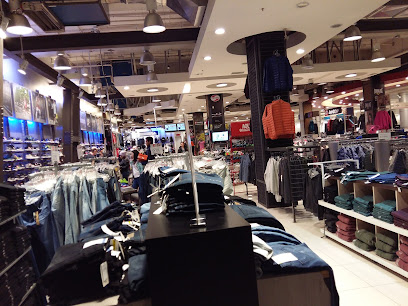
Diciembie Mall chino
Explore Diciembie Mall Chino in Punta Arenas for a unique shopping and dining experience, showcasing local and international brands in a vibrant atmosphere.
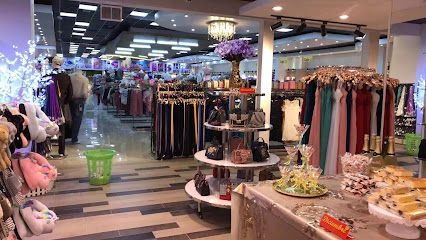
Tienda Aralea
Discover unique fashion accessories and beauty supplies at Tienda Aralea in Punta Arenas, reflecting the local charm and craftsmanship.

Municipal Craft Center - Punta Arenas
Explore local craftsmanship at the Municipal Craft Center in Punta Arenas, where unique woolen goods and artisan treasures await every visitor.
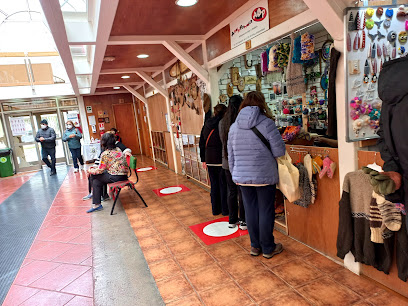
Tienda China
Experience the heart of Punta Arenas at Tienda China, a vibrant shopping mall offering local crafts, delicious snacks, and cultural treasures.
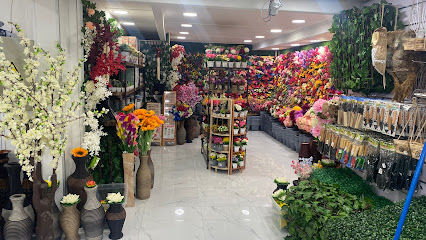
Galería Palace
Explore Galería Palace in Punta Arenas for a unique shopping experience filled with local crafts and cultural treasures.
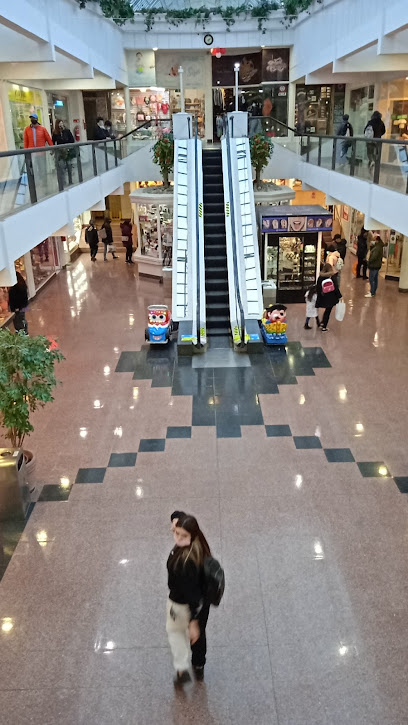
GradoZero Outdoor
Discover outdoor clothing, equipment, and expert kayaking tours at GradoZero Outdoor in Punta Arenas, a must-visit for adventure enthusiasts.

Tricot
Discover Tricot, Punta Arenas’ premier clothing store offering trendy apparel and accessories for every fashion enthusiast.
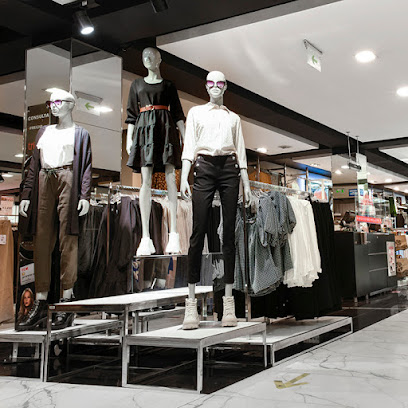
Mountain House
Discover adventure at Mountain House, the premier outdoor clothing and equipment shop in Punta Arenas, Chile, perfect for all your Patagonia explorations.
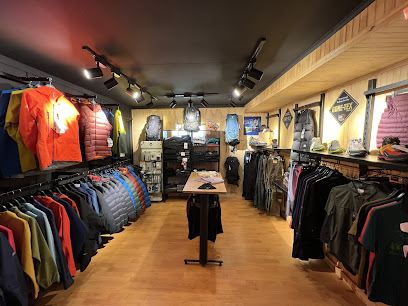
The North Face
Explore the great outdoors with premium gear from The North Face in Punta Arenas, your adventure starts here in Patagonia.
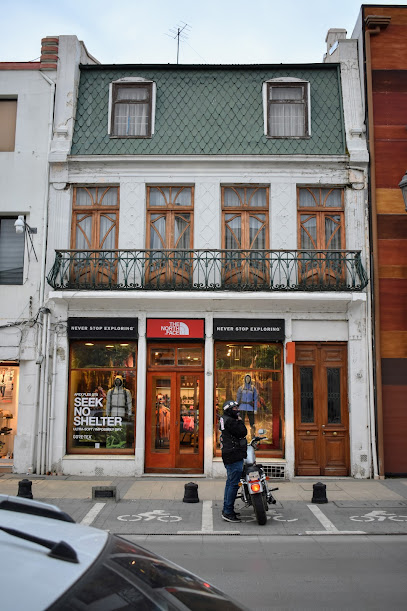
La Galería, tienda de arte y diseño
Explore local creativity at La Galería, Punta Arenas' premier art gallery and boutique for unique souvenirs and artisan crafts.
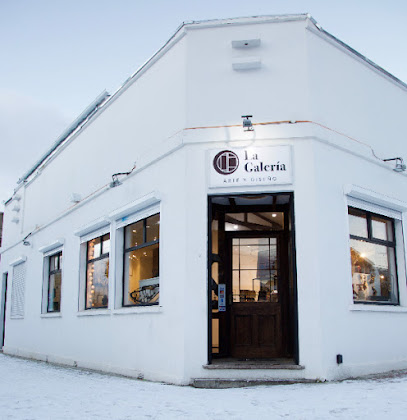
Tienda Museo Salesiano
Explore maps, books, and unique handicrafts at Tienda Museo Salesiano, the cultural hub of Punta Arenas, Chile.
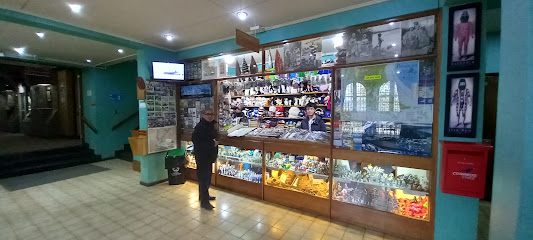
Essential bars & hidden hideouts
Bar Bulnes Punta Arenas
Experience the flavors of Patagonia at Bar Bulnes, a lively brewpub in Punta Arenas offering craft beers, gourmet burgers, and delicious pizzas.

Rústico Restobar
Indulge in the authentic flavors of Patagonia at Rústico Restobar, a vibrant bar in Punta Arenas offering local dishes and exquisite drinks.
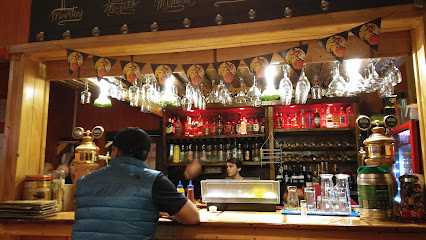
Taberna Club de La Union
Discover the authentic flavors of Chile at Taberna Club de La Union, a vibrant grill and pub in the heart of Punta Arenas, offering a unique dining experience.

Pub Colonial
Experience the vibrant nightlife of Punta Arenas at Pub Colonial, a lively bar filled with local charm and a wide selection of drinks.
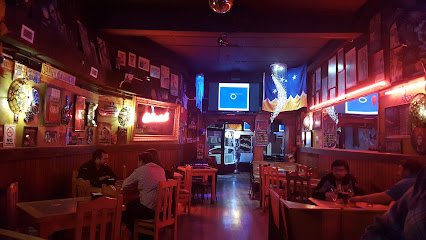
Pub Dejavu
Discover the vibrant nightlife and local culture at Pub Dejavu, a premier bar in Punta Arenas offering a unique blend of drinks, music, and community.
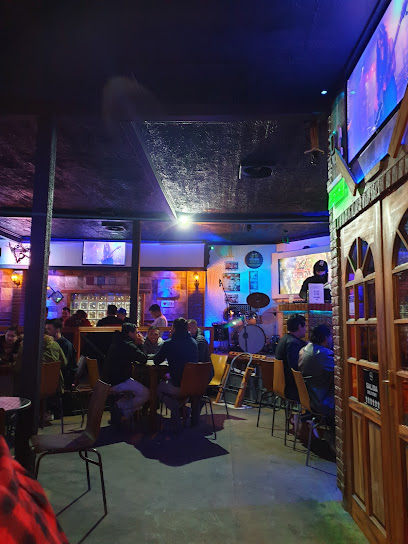
Olé Tapas & Copas
Discover the vibrant flavors of Punta Arenas at Olé Tapas & Copas, a must-visit gastropub for culinary enthusiasts and social diners alike.
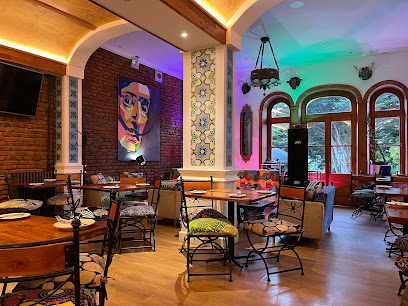
Birra! Cerveza & Buena Mesa
Discover the vibrant craft beer scene at Birra! Cerveza & Buena Mesa in Punta Arenas, where every sip offers a taste of local culture.
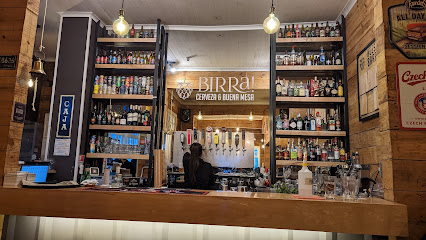
Sky Bar
Experience stunning views and exquisite cocktails at Sky Bar, the ultimate lounge destination in Punta Arenas, Chile, overlooking the Straits of Magellan.
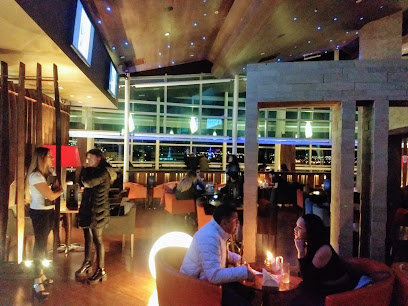
Opera Bar & Grill
Discover the lively charm of Opera Bar & Grill in Punta Arenas, where delicious food and vibrant atmosphere create unforgettable moments.
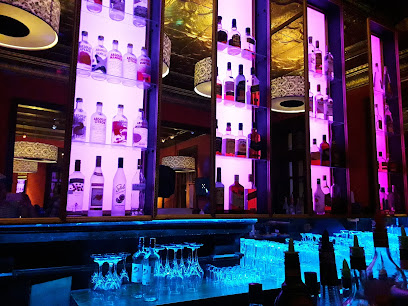
Broadway Restobar
Discover the lively nightlife at Broadway Restobar in Punta Arenas, where delicious drinks and a vibrant atmosphere await.
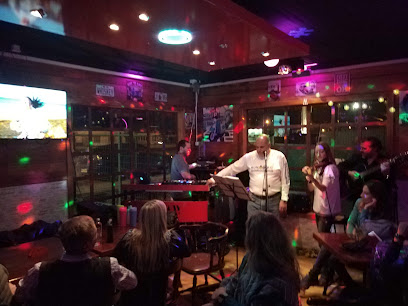
Celebrity Club
Discover the lively nightlife at Celebrity Club in Punta Arenas, where locals and tourists mingle over great drinks and music.
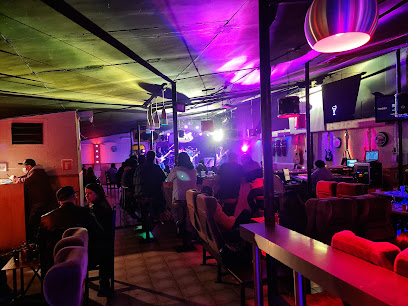
Eternity bar
Experience the vibrant nightlife at Eternity Bar in Punta Arenas, where locals and travelers come together for unforgettable evenings filled with great drinks and live entertainment.
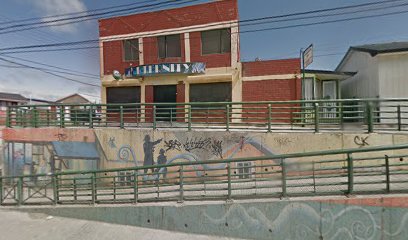
Shackleton Bar & Coffee
Experience the charm of Punta Arenas at Shackleton Bar & Coffee, where every cocktail tells a story and every visit feels like home.
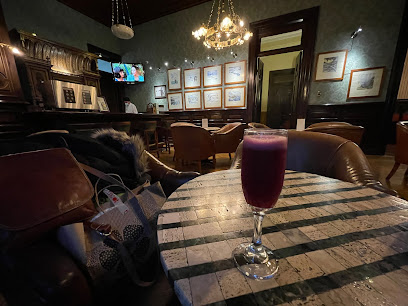
CLUB MADERO
Discover the lively spirit of Punta Arenas at Club Madero, where local drinks and vibrant nightlife create unforgettable memories.
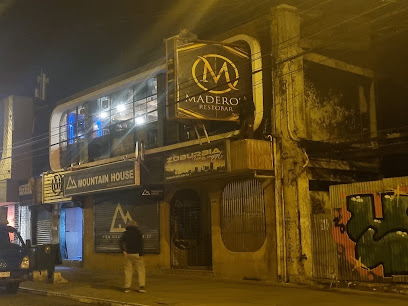
Guayos Bar
Experience the vibrant atmosphere of Guayos Bar in Punta Arenas, a perfect blend of local culture and nightlife for every traveler.
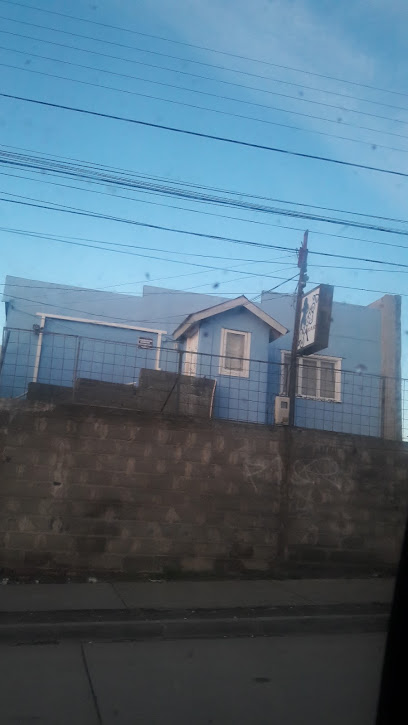
Local Phrases
-
- HelloHola
[oh-lah] - GoodbyeAdiós
[ah-dee-ohs] - YesSí
[see] - NoNo
[noh] - Please/You're welcomePor favor/De nada
[por fah-vor/de nah-dah] - Thank youGracias
[grah-see-ahs] - Excuse me/SorryPerdón/Lo siento
[pair-dohn/loh see-ehn-toh] - How are you?¿Cómo estás?
[koh-moh ehs-tahs] - Fine. And you?Bien. ¿Y tú?
[bee-ehn. ee too] - Do you speak English?¿Hablas inglés?
[ah-blahs een-glays] - I don't understandNo entiendo
[noh ehn-tee-ehn-doh]
- HelloHola
-
- I'd like to see the menu, pleaseMe gustaría ver el menú, por favor
[meh goo-stah-ree-ah ver el meh-noo, por fah-vor] - I don't eat meatNo como carne
[noh koh-moh kahr-neh] - Cheers!¡Salud!
[sah-lood] - I would like to pay, pleaseMe gustaría pagar, por favor
[meh goo-stah-ree-ah pah-gahr, por fah-vor]
- I'd like to see the menu, pleaseMe gustaría ver el menú, por favor
-
- Help!¡Ayuda!
[ah-yoo-dah] - Go away!¡Vete!
[veh-teh] - Call the Police!¡Llama a la Policía!
[yah-mah ah lah poh-lee-see-ah] - Call a doctor!¡Llama a un médico!
[yah-mah ah oon meh-dee-koh] - I'm lostEstoy perdido
[ehs-toy pair-dee-doh] - I'm illEstoy enfermo
[ehs-toy ehn-fehr-moh]
- Help!¡Ayuda!
-
- I'd like to buy...Me gustaría comprar...
[meh goo-stah-ree-ah kohm-prahr] - I'm just lookingSolo estoy mirando
[soh-loh ehs-toy mee-rahn-doh] - How much is it?¿Cuánto cuesta?
[kwan-toh kwehs-tah] - That's too expensiveEso es demasiado caro
[eh-soh ehs deh-mah-see-ah-doh kah-roh] - Can you lower the price?¿Puedes bajar el precio?
[pweh-dehs bah-hahr el pree-see-oh]
- I'd like to buy...Me gustaría comprar...
-
- What time is it?¿Qué hora es?
[keh oh-rah ehs] - It's one o'clockEs la una
[ehs lah oo-nah] - Half past (10)Media (10)
[meh-dee-ah (dheez)] - MorningMañana
[mah-nyah-nah] - AfternoonTarde
[tahr-deh] - EveningNoche
[noh-cheh] - YesterdayAyer
[ah-yehr] - TodayHoy
[oy] - TomorrowMañana
[mah-nyah-nah] - 1Uno
[oo-noh] - 2Dos
[dohs] - 3Tres
[trehs] - 4Cuatro
[kwah-troh] - 5Cinco
[seen-koh] - 6Seis
[says] - 7Siete
[see-eh-teh] - 8Ocho
[oh-choh] - 9Nueve
[nwai-veh] - 10Diez
[dyehs]
- What time is it?¿Qué hora es?
-
- Where's a/the...?¿Dónde está...?
[dohn-deh ehs-tah] - What's the address?¿Cuál es la dirección?
[kwal ehs lah dee-rehk-syohn] - Can you show me (on the map)?¿Puedes mostrarme (en el mapa)?
[pweh-dehs mohs-trar-meh (ehn el mah-pah)] - When's the next (bus)?¿Cuándo es el próximo (bus)?
[kwan-doh ehs ehl proh-ksee-moh (boos)] - A ticket (to ....)Un boleto (a ...)
[oon boh-leh-toh (ah ...)]
- Where's a/the...?¿Dónde está...?
History of Punta Arenas
-
Punta Arenas was officially founded on December 18, 1848, by Colonel José de los Santos Mardones. The establishment of the city was part of a strategic initiative by the Chilean government to assert sovereignty over the Strait of Magellan, a crucial maritime route for global navigation.
-
In the mid-19th century, Punta Arenas served as a penal colony, housing prisoners from across Chile. This period saw the construction of basic infrastructure and buildings, many of which were built by convict labor. The penal colony was an integral part of the city's early development.
-
The late 19th century brought a gold rush to the region, drawing prospectors and fortune seekers from around the world. The influx of people and wealth spurred economic growth and the expansion of the city, as well as the integration of diverse cultural influences.
-
In the early 20th century, large-scale sheep farming became the backbone of Punta Arenas' economy. Wealthy European settlers established expansive estancias, or ranches, which led to significant economic prosperity. The industry also fostered the development of related businesses and services in the city.
-
Punta Arenas has long served as a gateway for Antarctic exploration. The city was a critical logistics hub for numerous expeditions, including those led by renowned explorers such as Roald Amundsen and Ernest Shackleton. Today, it continues to play a vital role in scientific research and tourism related to Antarctica.
-
The city's rich cultural tapestry is a result of its diverse population, which includes descendants of Croatian, Spanish, British, and indigenous peoples. This multicultural heritage is reflected in the city's architecture, festivals, and culinary traditions, making Punta Arenas a vibrant and unique destination.
-
In recent decades, Punta Arenas has transformed into a modern city while preserving its historical charm. The economy has diversified, with tourism, fishing, and oil exploration playing significant roles. The city continues to evolve, balancing growth with the conservation of its cultural and historical heritage.
Punta Arenas Essentials
-
Punta Arenas is located in the southern part of Chile, in the Magallanes and Chilean Antarctica Region. The most common way to reach Punta Arenas is by air, with daily flights from Santiago, the capital of Chile, to Presidente Carlos Ibáñez del Campo International Airport (PUQ), which is located about 20 kilometers north of the city. Alternatively, you can reach Punta Arenas by bus from other cities in Patagonia, such as Puerto Natales or Ushuaia in Argentina. Additionally, there are cruise ships that dock at Punta Arenas as part of their Patagonian or Antarctic itineraries.
-
Punta Arenas has a fairly reliable public transportation system, including buses and taxis. Buses are an affordable way to get around the city, with several routes covering major areas. Taxis are also readily available and can be hailed on the street or booked via phone. For more flexibility, you can rent a car from one of the rental agencies located at the airport or in the city. Biking is another option, especially during the summer months when the weather is more favorable.
-
The official currency in Chile is the Chilean Peso (CLP). Credit and debit cards are widely accepted in hotels, restaurants, and larger shops, but it's advisable to carry some cash for smaller establishments and markets. ATMs are available throughout Punta Arenas, and most accept international cards. Currency exchange services can be found in banks and exchange bureaus in the city.
-
Punta Arenas is generally considered a safe destination for tourists. However, like any other city, it is important to take standard precautions. Avoid walking alone at night in poorly lit areas and be cautious with your belongings in crowded places to prevent pickpocketing. Areas around the port and some parts of the city center can see occasional incidents targeting tourists, so stay vigilant and aware of your surroundings.
-
In case of emergency, dial 133 for the police, 131 for medical emergencies, and 132 for the fire department. Punta Arenas has several hospitals and clinics that can provide medical assistance. It is highly recommended to have travel insurance that covers medical emergencies. For minor health issues, pharmacies are available throughout the city where you can purchase over-the-counter medications.
-
Fashion: Do dress in layers and be prepared for variable weather, as conditions can change rapidly in Punta Arenas. Avoid overly casual attire in upscale restaurants. Religion: Do respect local customs and traditions. While Punta Arenas is not particularly conservative, it is respectful to dress modestly when visiting religious sites. Public Transport: Do use public transport responsibly and be courteous to other passengers. Don't eat or drink on buses. Greetings: Do greet people with a handshake and a friendly smile. A warm 'Hola' goes a long way. Eating & Drinking: Do try local specialties such as King Crab and Patagonian Lamb. Don't leave a small tip; tipping around 10% is customary in restaurants.
-
To experience Punta Arenas like a local, visit the local markets such as Mercado Municipal, where you can find fresh seafood and local produce. Take a stroll along the waterfront and enjoy the view of the Strait of Magellan. Engage with locals, who are often friendly and willing to share stories about the city's history and culture. Don't miss visiting the Nao Victoria Museum, which features a replica of one of Ferdinand Magellan's ships. For a unique experience, visit the nearby penguin colonies on Isla Magdalena.
Trending Landmark in Punta Arenas
Nearby Cities to Punta Arenas
-
Things To Do in Puerto Natales
-
Things To Do in Ushuaia
-
Things To Do in El Calafate
-
Things To Do in Puerto Varas
-
Things To Do in Bariloche
-
Things To Do in San Carlos de Bariloche
-
Things To Do in Osorno
-
Things To Do in Valdivia
-
Things To Do in Pucon
-
Things To Do in Temuco
-
Things To Do in Concepción
-
Things To Do in Mar del Plata
-
Things To Do in Curicó
-
Things To Do in San Rafael
-
Things To Do in Rancagua













